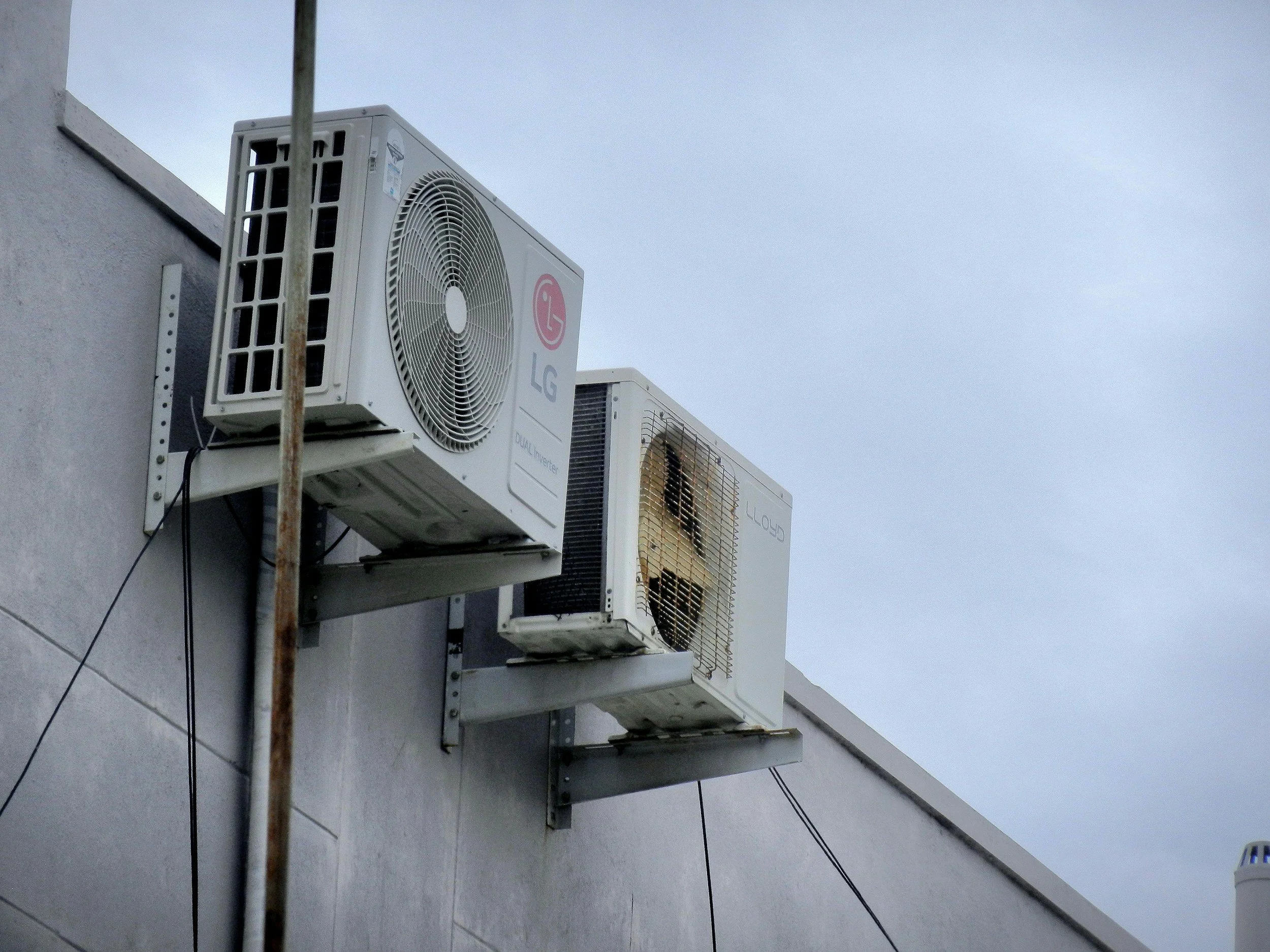What Can Educational Facilities Do to Enhance Student Learning Experience
By PAGE Editor
In today's fast-paced world, ensuring that educational facilities adapt to enhance the student learning experience is crucial. You, as educators and administrators, are tasked with creating environments that not only foster academic excellence but also support emotional and social development. Discover how innovative strategies and a focus on inclusivity can transform the educational landscape and ignite a passion for lifelong learning in every student.
Utilize Technology Effectively
Technology is pivotal in augmenting the student learning experience for several reasons. The experts working for AppsAnywhere can explain how, primarily, it caters to diverse learning styles, providing multiple pathways for information absorption and engagement. For instance, visual learners can benefit from video tutorials, while interactive simulations can engage kinesthetic learners. Furthermore, technology facilitates access to a wealth of resources and information, breaking geographical and time barriers. It also supports personalized learning, allowing students to learn at their own pace and track their progress.
To utilize technology effectively, educational facilities should integrate digital tools in curriculum planning, adopt blended learning models that combine traditional and digital methodologies, and provide training for both teachers and students to maximize these tools' potential. This strategic integration enhances engagement, fosters a collaborative learning environment, and prepares students for an increasingly digital world.
Promote Active Learning
Active learning is vital in augmenting the student learning experience, as it actively involves students in the process, fostering deeper understanding and retention of information. This approach shifts from traditional lecture-based methods to more interactive, student-centered practices. To promote active learning, educators should incorporate group discussions, problem-solving activities, and project-based tasks that require critical thinking and real-world application of knowledge.
Techniques such as the flipped classroom model, where students first explore new content on their own, followed by in-class discussions and activities, can significantly enhance engagement and comprehension. Encouraging students to ask questions, debate topics, and collaborate on projects not only strengthens their learning but also develops essential skills such as communication, teamwork, and problem-solving.
Create Collaborative Spaces
Effective collaborative spaces play a crucial role in enhancing the student learning experience. They should promote interaction, communication, and teamwork among students from different backgrounds and with diverse perspectives. Here are some elements a good collaborative space has:
Flexible seating options
Whiteboards and markets
Digital displays
Collaboration tools
Mobile device charging stations
Storage solutions
Inspiring décor
Soundproofing materials
Natural light
Breakout areas
Collaborative spaces foster an environment of teamwork and communication. These areas encourage students to share ideas, challenge each other's thinking, and work together towards common goals. The interaction within such spaces promotes social skills, critical thinking, and problem-solving abilities. Furthermore, these spaces offer a dynamic and adaptable learning environment that caters to various learning styles and preferences.
Provide Support Services
Support services address the holistic needs of students beyond academic instructions. Counseling, tutoring, career guidance, and disability support, play a crucial role in removing barriers to learning, improving mental health, and fostering a supportive learning environment. They ensure that all students have equal opportunities to succeed by providing personalized support tailored to individual needs.
To effectively augment the learning experience, educational facilities should offer a comprehensive suite of support services accessible to every student. This approach not only aids in academic achievement but also contributes to the development of well-rounded individuals equipped to face future challenges.
Offer Personalized Learning
Personalized learning tailors education to meet individual strengths, needs, interests, and learning paces. This approach recognizes that students absorb information differently, necessitating a shift from the one-size-fits-all teaching model to a more adaptive and personalized strategy.
To offer personalized learning, educational facilities can implement adaptive learning technologies that adjust to each student's learning curve, incorporate varied instructional methods, and allow students to set their own learning goals. By doing so, educators can create a more engaging, effective, and inclusive learning environment that addresses the unique academic and developmental requirements of each student, significantly improving outcomes and fostering a deeper love for learning.
Foster a Positive Environment
A positive environment creates a safe space where students feel valued, respected, and motivated. Such an atmosphere boosts students' confidence, encourages risk-taking in learning, and fosters resilience against adversity. To cultivate a positive environment, educators should promote positive interactions, celebrate diversity, and recognize individual achievements. Implementing clear, consistent expectations and providing constructive feedback also contribute to a supportive atmosphere.
Additionally, creating a physically and emotionally comfortable classroom setting, where students can express themselves freely, significantly impacts their engagement and enthusiasm for learning. By focusing on these aspects, educators can develop a nurturing and inclusive environment that supports all aspects of student development, leading to improved academic outcomes and well-being.
In your quest to enhance the student learning experience, remember that blending technology with active learning, fostering collaborative spaces, providing robust support services, offering personalized learning paths, and nurturing a positive environment are key. By integrating these strategies, you empower students to thrive academically, socially, and emotionally, paving the way for a brighter, more inclusive educational future.
HOW DO YOU FEEL ABOUT FASHION?
COMMENT OR TAKE OUR PAGE READER SURVEY
Featured










Water management plays an essential role in maintaining the safety and stability of a home.